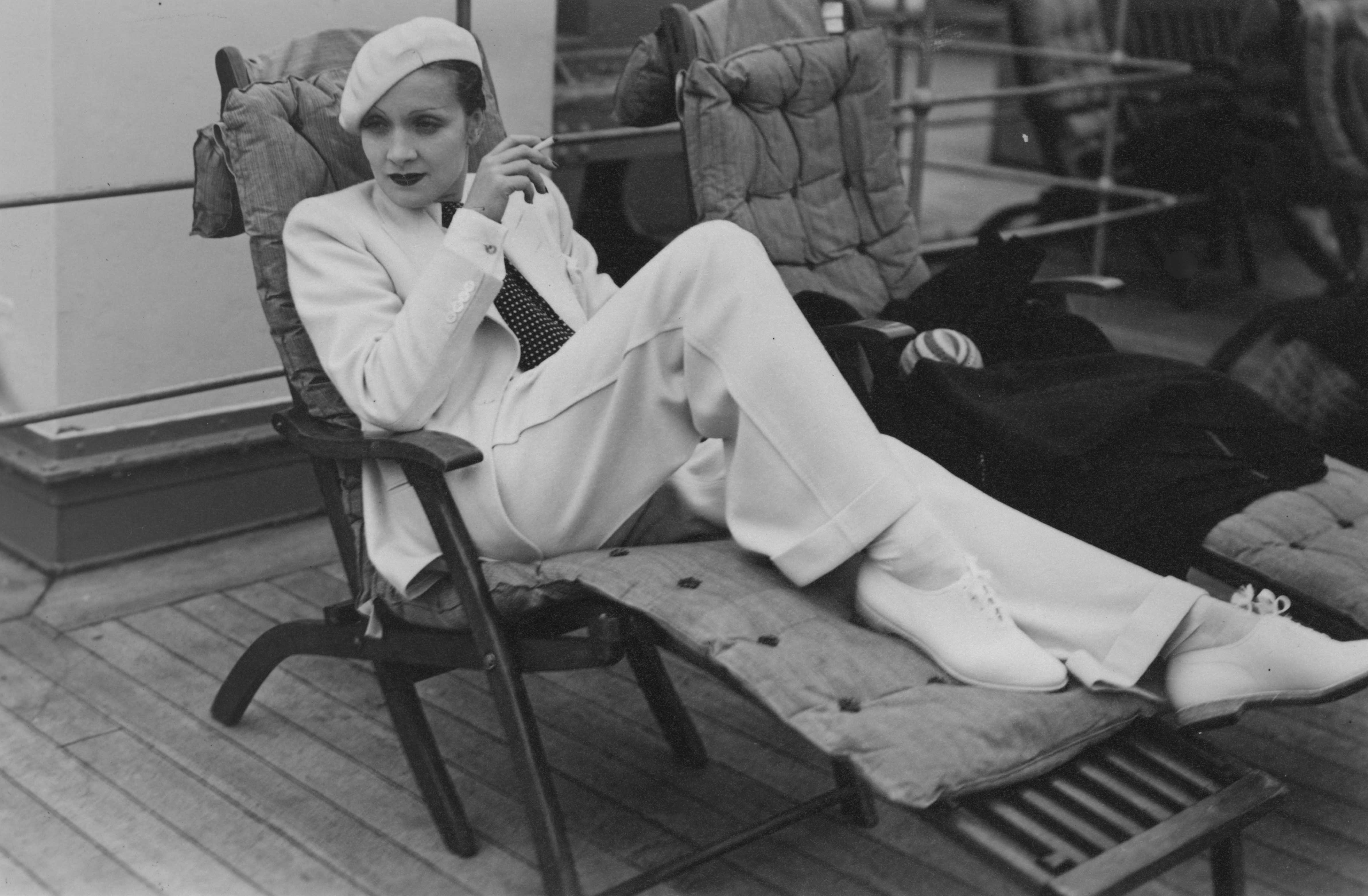Putting Together a Show: The Diary of a Portrait Gallery Historian

Last July, I was one lucky historian. I had to go to Deutsches Kinemathek in Berlin, Germany’s premier museum of the country’s film history. The Deutsches Kinemathek includes Marlene Dietrich Archive, which contains more than 16,500 photographs and 4,000 textiles belonging to the glamorous Hollywood icon. I was on a quest to research my upcoming exhibition on the life, career, and influence of Marlene Dietrich, which opens in June 2017. Below is a page out of my diary that reveals a little of the behind-the-scenes action necessary in curating an exhibition.
July 6, 2016
It is Wednesday, the third full day of the work week which I am spending here in Berlin, Germany. Berlin is bright and expansive, with wide, clean streets. The sun peeks through the clouds early—and I mean early, as in 4:30 a.m. As light streams through the windows with a brilliance, and the birds join in what sounds like a crescendo-like chorus, I throw a pillow over my head. The city is situated much farther to the north and east than Washington, D.C., and so its days are longer. The other night, I walked home from dinner at 10:45 p.m. and dusky shadows only were beginning to tinge the great baroque facades of the buildings. It felt almost enchanted, but I was not there to enjoy the views. I was on a mission.
Indeed, you may be wondering, what exactly is a historian of American portraiture doing in Berlin, Germany? Marlene Dietrich was born in Berlin in 1901 and came to the United States in 1930. Although she was granted American citizenship in 1939, Dietrich never forgot her Berliner roots. (She even requested to be buried in Berlin.) Given her fascinating life, I had a hunch that this glamorous film star not only had talent but also remarkable discipline and intelligence. She was smart enough to calculate how to make her image in the public eye last more than fifty years. Now I am in her home city, ready to comb through the archive and immerse myself into All Things Dietrich.
But it is not all fun and games for the researcher. First, I need to tackle a museum object-finding system . . . in German. Today is Day 3, and somehow, I have managed to navigate researching with only about, oh, maybe three words of German: Entshuldigung, bitte, and danke—“excuse me,” “please,” and “thank you.” (Prior travel experience taught me that in spite of my total lack of ability to communicate, one must be polite in a foreign country.) I give myself a rueful grin as I plunk myself in front of a computer. Somehow I am researching via a system that is not only technical but is also written in a language foreign to me. Thank goodness I have a halfway decent set of visual memory skills. I stare at the screen and look to its upper right hand corner. That funny, rectangular-ish box is for search terms, I say to myself. I have a few specific images of Dietrich that I want to find. I use Google Translate for the term “mirror.” Spiegel, I write. I get a lot of images of Dietrich with mirrors, and happily, I see the one I’m looking for. At one point I have ask for help—I need a specific image, and—let’s be honest—my crafty sleuthing can only get me so far. “What is your search term again?” The archivist asked me. Hose, I respond. (Dietrich was known for wearing “men’s trousers,”also known as pants, before it was acceptable for women to do so.) She laughs, and I realize it is pretty funny, so I laugh, too. Yup. I’m looking for pants.
At the end of the day, I attempt to decompress and relax the frown stuck on my face after querying one too many words in German. I choose to walk home. Accustomed to commuting from D.C.’s crowded Gallery Place–Chinatown neighborhood, by contrast, Berlin feels almost empty to me. My hotel is near Gendarmenmarkt, with its twin eighteenth-century cathedrals and Schkinel’s horse atop the Konzerthaus silhouetted against the sky. As I walk east, I look for the golden statue on top of the Französischer Dom as my landmark to find my hotel. Even though I can see it from afar, it still takes a good 25 minutes to make the trek. Regardless of its sprawl, Berlin has wonderful commuting standards. Incredible sidewalks made out of small paver stones line the streets, with dedicated bike paths in asphalt or otherwise distinguished by large, smooth stones. The paths are not just here or there, but on every street. I have tried to bike to work in Washington, but I only succeeded in working myself into a sweaty mess while risking my life in traffic. So I can’t help but note how many men and women bike past me every day here in Berlin, wearing business clothes without a trace of perspiration, looking enviably fabulous. Although it took me fifteen years to become fluent in French (I am not exactly a natural at languages; just ask my poor teacher from high school) I decide that my next language must be German. Given Germany’s incredible history, and a culture that embraces the past while remaining forward-looking, one really can’t go wrong studying such a language. Oh, and, as my exhibition (don’t miss it!) will reveal that Germany also produced the singularly magnificent Marlene Dietrich.